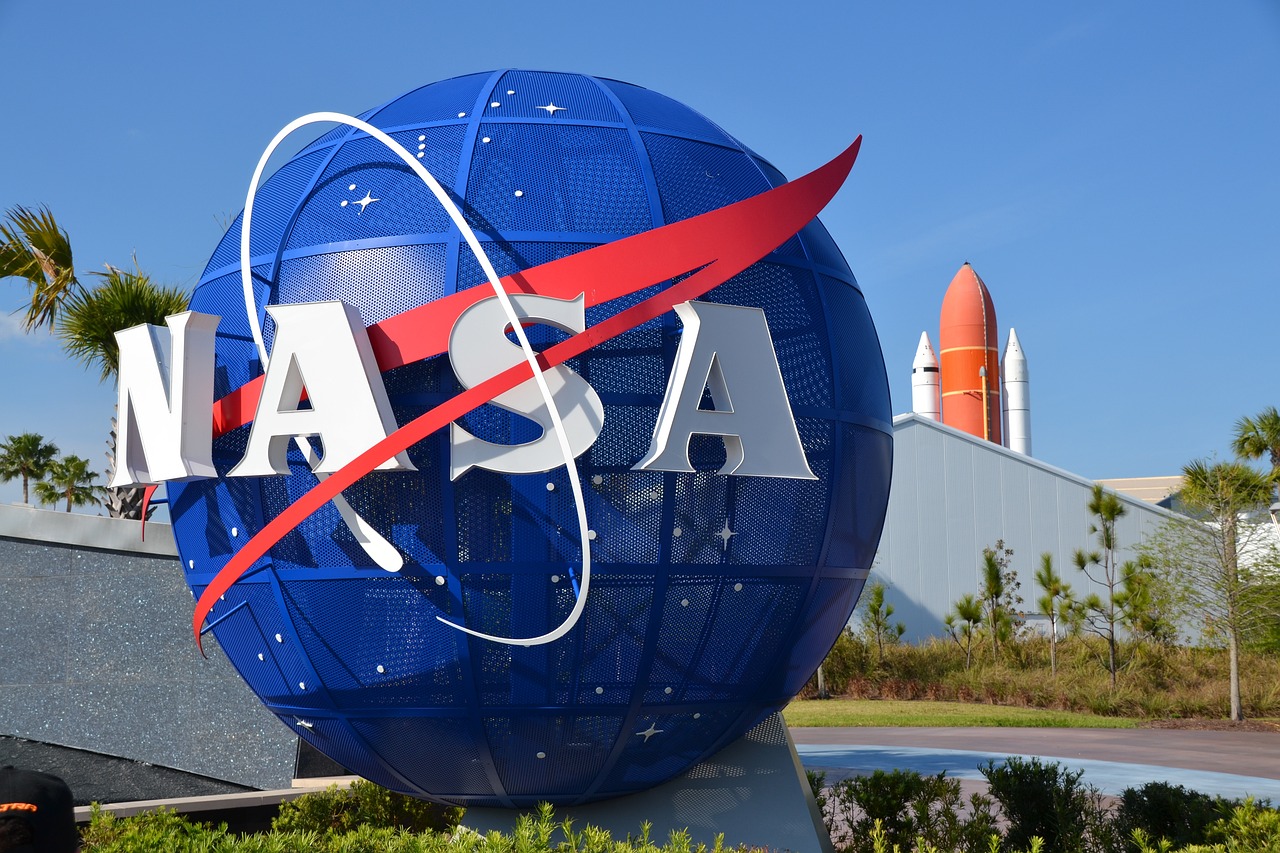
Vocabulary:
- administrator /ad-MIN-uh-strey-ter/
- heat shield /heet sheeld/
- multiple /MUHL-tuh-puhl/
- vice president /VAHYS-PREZ-i-duhnt/
- complexity /kuhm-PLEK-si-tee/
[noun] – someone whose job is to control the operation of a business, organization, or plan
The administrator oversaw the efficient functioning of the organization, ensuring smooth operations and strategic planning.
[noun] – a protective covering or layer on the spacecraft
The spacecraft’s heat shield is crucial for protecting it during re-entry into the Earth’s atmosphere.
[adjective] – very many of the same type, or of different types
The library offers multiple resources, including books, articles, and multimedia materials for research purposes.
[noun] – the person who has the position immediately below the president in some countries, and who is responsible for the president’s duties if he or she is unable to do them
The vice president assumed presidential responsibilities during the leader’s temporary absence.
[noun] – the state of having many parts and being difficult to understand or find an answer to
The complexity of the project required careful analysis and strategic planning to address all its intricate components.
Article reading:
The decision to reschedule recognizes the real development challenges experienced by NASA’s industry partners, said Amit Kshatriya, head of NASA’s moon and Mars exploration strategy. Issues surrounding Orion’s heat shield, batteries, and electrical system contribute to the delays. NASA’s astronauts will travel to the moon using multiple spacecraft, transferring from Orion to SpaceX’s Starship system in space. SpaceX, led by Elon Musk, faces its own challenges, including docking and refueling “tanker” Starships in orbit, a crucial step in transporting astronauts beyond Earth’s orbit. Jessica Jensen, SpaceX’s vice president, emphasized the need for approximately 10 Starship launches to fill the orbital fuel station, downplaying concerns about fuel transfer challenges and highlighting their experience with Crew Dragon capsule docking events in orbit. These delays underscore the complexity and demanding nature of space exploration.
Discussion Questions:
- Have you ever followed news about space exploration or astronaut missions? If so, what aspects of such news do you find most interesting or challenging to understand? If not, would you be interested in learning more about space missions, and what specific aspects would you like to know more about?
- Considering the challenges faced by NASA and its partners in the Artemis moon program, can you think of any instances in your own life where delays or setbacks were encountered in achieving a goal? How did you or others involved handle these challenges? If you haven’t experienced such setbacks, how do you think you would approach and overcome challenges in a project or goal?
- Do you agree with NASA’s decision to delay the Artemis moon landing to address development challenges?
- Given the complexities involved in the Artemis moon program, how do you think international collaboration could enhance the success and efficiency of future space exploration missions?
- Reflecting on the challenges faced by SpaceX in the article, what ethical considerations should be taken into account when planning and executing space missions, especially those involving human exploration?
Summarization
Describe:
- astronaut
- capsule
- exploration
- lunar
- spacecraft